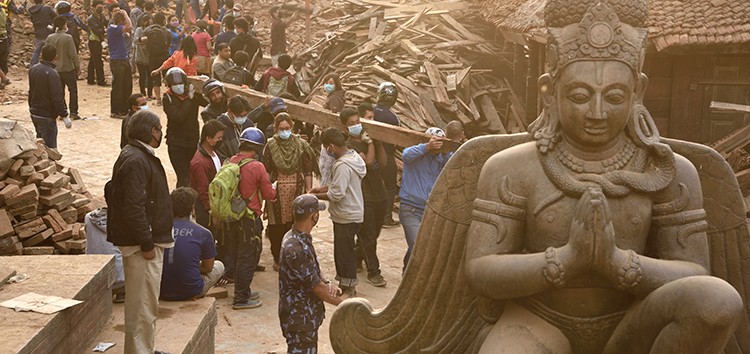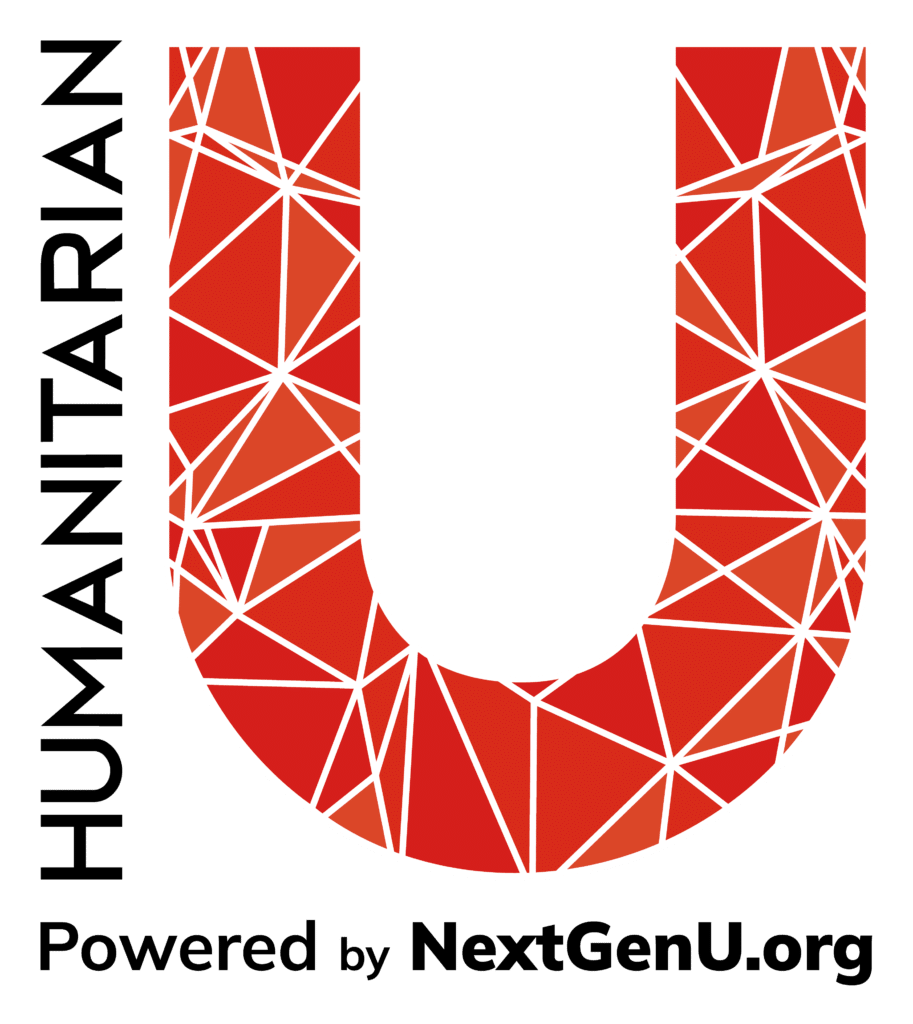On April 25, 2015, a 7.8 magnitude earthquake struck Nepal leaving catastrophic damage in its wake.
The tectonic release was inevitable – the Indian Subcontinental Plate has been slowly subducting under the large Eurasian Continental Plate, driving the Himalayan formation while also building up massive tectonic pressure. Above the epicentre of this pressure, and the eventual earthquake, sat the District of Gorkha. With their homes and families torn apart, citizens of Nepal are trying to salvage whatever possible.
The international aid community was quick to address the severity of the disaster and need for assistant, however it was the logistics of response that proved increasingly difficult. After 72 hours, ACAPS released that a total of four medical teams had been able to reach affected areas beyond the city limits of Kathmandu. The capital’s Tribhuvan International Airport saw tons of goods being sent, backlogging the single runway and prompting many officials to request that donors send “money rather than goods”. Almost ten days later, the small airport remains overwhelmed despite massive collaborative efforts from international organizations to streamline the logistical process.
Although the number of medical teams and their range of access has grown, the health concerns in the post-disaster stater are ever changing. New camps form every hour and the need for water, sanitation and shelter is pointing to a potentially disastrous shadow of disease in the aftermath of the disaster. Cholera, being endemic to Nepal, is one of the primary fears of doctors and prevention through the provision of clean water is paramount.
Some good news comes in the form of Nepalese migrants returning home to help in the restoration efforts. In most cases, it is the local community and national staff that have the largest and most immediate role in the response, and the return from diaspora int his time of need is sure to have a great impact.

